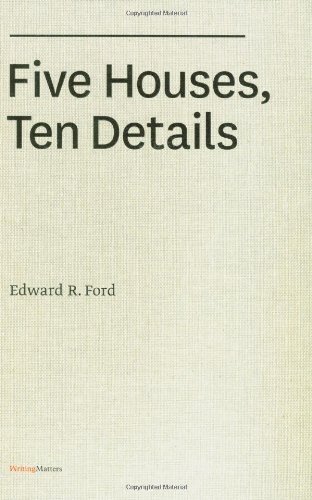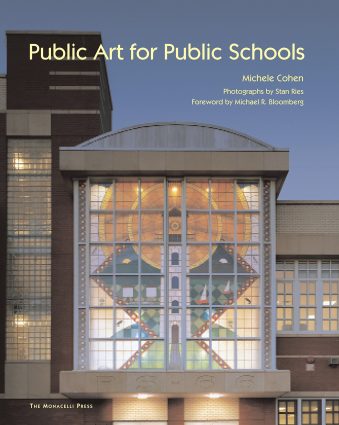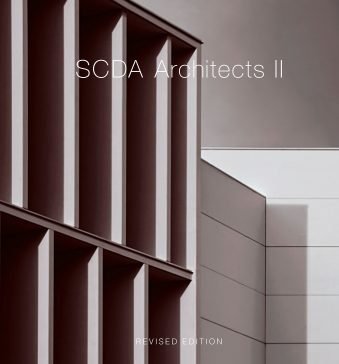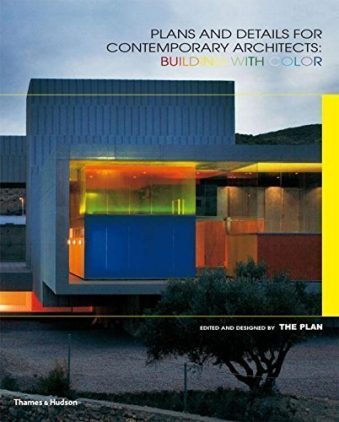- Empty cart.
- Continue Shopping
Five Houses, Ten Details (Writing Matters)
₹1,795.00
- By Edward R. Ford (Author)
- Hardcover: 256 pages
- Publisher: Princeton Architectural Press; 1 edition (1 July 2009)
- Language: English
- ISBN-10: 1568988265
- ISBN-13: 9781568988269
- Product Dimensions: 15.9 x 2.9 x 23.5 cm
2 in stock
Edward Ford’s forty years of practicing and teaching architecture have focused on one area: the architectural detail. Yet, despite two hugely influential books (The Details of Modern Architecture, volumes 1 and 2), numerous articles, and lectures given from Vancouver to Vienna, there are two questions Ford has, remarkably, never answered: “What is a detail?” and more importantly, “What is a good detail?” Ford is an architect as well as a writer, so it is notsurprising that rather than answering these questions in a third book, he spent six years on the design and construction of a house. Building it was not an exercise in the application of ideas about detail; it was, rather, a mechanism for answering those two simple questions.
Five Houses, Ten Details presents five designsall by Ford, all for himself, all for the same siteonly one of which was built. Each unbuilt design evolved or was abandoned for a variety of reasons.Many simply cost too much; others were based on presumptions that proved inaccurate or unproductive. All, to some degree, are present in the final design. Each of the five designs explores a different aspect of architectural detail: how it acts to connect to or disconnect from a site; how it is expressive of material; how it acts to reveal structure; how itarticulates the act of construction; and how it can be inconsistent, in a beneficial way, with the remainder of the building. Detail for Ford is not an accessory to architecture but its essence. Each design in Five Houses, Ten Details explores and articulates one aspectsite, structure, material, joinery, or furnitureat the expense of the others. Each architectural exploration leads to a larger understanding of construction and a larger understanding of how details communicate. Woven throughout with historical references and specific examples of his design process, Five Houses, Ten Details is an accessible and at times personal account of one man’s exploration of architectural detail.
About the Author
Edward R. Ford is a practicing architect in Charlottesville, Virginia, and Associate Professor at the School of Architecture at the University of Virginia.











